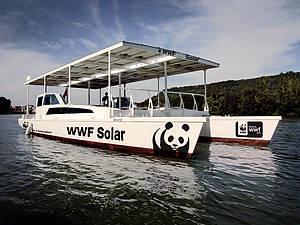Solar power technologies could receive a boost if Clean Energy Finance Corporation (CEFC) funding was extended to include the current Renewable Energy Target, a recent report has stated.
The World Wildlife Fund (WWF) and the Australian Solar Council (ASC) undertook a study examining the impact of granting solar-projects access to Renewable Energy Credits above the current RET 2020 target.
The report, which was compiled by AECOM and ROAM, found a significant rise in industry employment and a decrease emission production among businesses and households alike.
At present the CEFC assists initiatives in overcoming barriers which constrict the spread of solar and renewable energy technology to the tune of $10 billion dollars annually.
Commercial and subsidised loans are provided to large-scale solar and clean energy projects, but further funding from the CEFC to be included as part of the RET would provide further incentive and protection.
ASC Chief Executive, John Grimes has stated that solar power will be the big winner in the early years of CEFC funding.
“The modelling made some conservative assumptions and we predict that if the CEFC was made additional to the RET, it would drive a solar boom and bring down costs faster,” said Mr Grimes in a statement.
The report indicates that CEFC funding would result in a 37 per cent increase in large-scale renewable energy projects with a minimum of 5,000 jobs being created all before 2020.
However the WWF’s Climate Change National Manager, Kellie Caught believes these estimates are rather conservative and that the impact would be much more significant.
“By 2030 we could create more than 28,000 new jobs, double current estimates, and significantly reducing emissions, putting us firmly on a low carbon pathway,” said Ms Caught.
The Australian Solar Council and WWF are both urging the Federal Government to roll the CEFC funding into the RET by creating a top-up system or raising the 2020 and 2030 RET targets.



